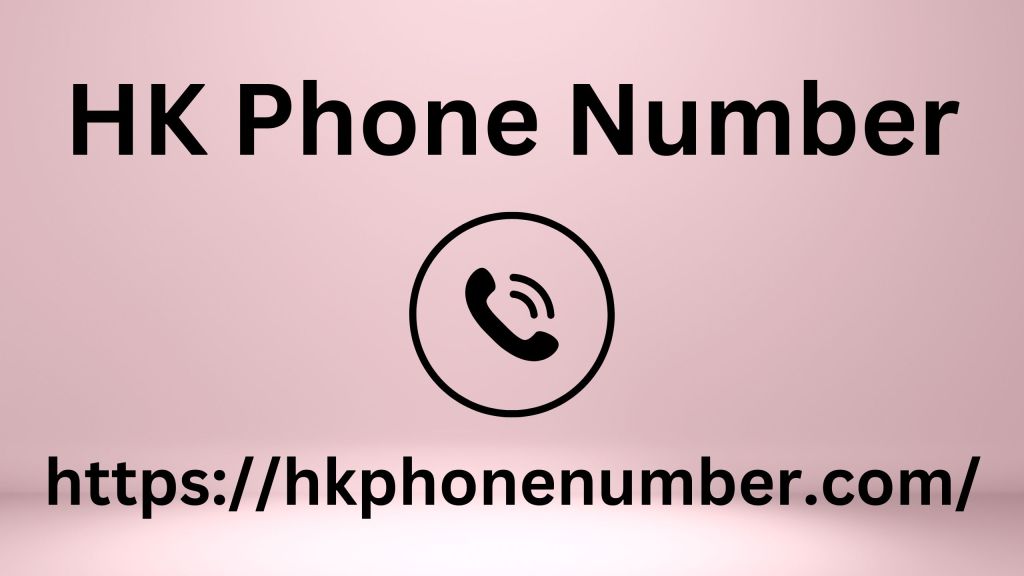|
|
In his guise as a film journalist Ian's interviewed many renowned and influential people, including director John Carpenter (Halloween), actors Jesse Eisenberg (The Social Network) and Tom Hardy (Venom), director Roman Polanski (Chinatown), and many more. Search engine optimization and translation – how does it work? Authors Tim Branton PureFluent CEO Ian Gilchrist PureFluent Roving Reporter Share this Tweet Share Share More content Six tips for choosing the right translation agency Read now How good is Amazon Translate for translating my product listings on Amazon.
Read now Top tips: How to translate your customer portal Read now How to translate page HK Phone Number titles and meta descriptions Read now Top tips to achieve better machine translations Read now Top tips: How to make the most of your reduced translation budget Read now Is multilingual video content good for SEO? Read now PureFluent launches WordStore – the first subscription for translations Read now How can I as a customer assess the translation quality? Read now Interview with Pentland Brands about optimizing the customer experience on Amazon Read now July 17, 2019 In our first blog, “ Search Engine Optimization and Translation - How Does It Work?”, CEO Tim Branton would like to explain how best to approach SEO if you want to reach customers in other countries.

You may already know how SEO works for your own market. But does this strategy also work abroad? In addition to basic technical aspects of multilingual SEO, Tim also talks about hreflang and the importance of H1 headings in translation. Ian: Most people in a corporate environment know at least something about search engine optimization (SEO), but what about SEO in other languages? Is that completely different?Tim:I would say that it is essentially no different if you fundamentally consider what you are doing and want to achieve with SEO in your home market. The same principles apply when translating.
|
|